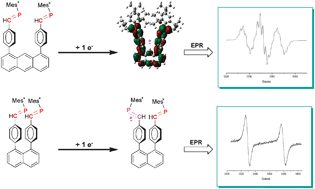Abstract
Two molecules containing two

* Corresponding authors
a
Department of Physical Chemistry, University of Geneva, 30 Quai Ernest Ansermet, CH-1211 Geneva, Switzerland
E-mail:
Michel.Geoffroy@unige.ch
b
Laboratory of Crystallography, University of Geneva, 24 quai Ernest-Ansermet, CH-1211 Geneva, Switzerland
E-mail:
Celine.Besnard@unige.ch
c Laboratory of Crystallography, Ecole Polytechnique Fédérale de Lausanne, CH 1015 Lausanne, Switzerland
d Swiss Norwegian Beamline, European Synchrotron Radiation Facility, Grenoble, France
Two molecules containing two

 Please wait while we load your content...
Something went wrong. Try again?
Please wait while we load your content...
Something went wrong. Try again?
M. Lejeune, P. Grosshans, T. Berclaz, H. Sidorenkova, C. Besnard, P. Pattison and M. Geoffroy, New J. Chem., 2011, 35, 2510 DOI: 10.1039/C1NJ20314B
To request permission to reproduce material from this article, please go to the Copyright Clearance Center request page.
If you are an author contributing to an RSC publication, you do not need to request permission provided correct acknowledgement is given.
If you are the author of this article, you do not need to request permission to reproduce figures and diagrams provided correct acknowledgement is given. If you want to reproduce the whole article in a third-party publication (excluding your thesis/dissertation for which permission is not required) please go to the Copyright Clearance Center request page.
Read more about how to correctly acknowledge RSC content.
 Fetching data from CrossRef.
Fetching data from CrossRef.
This may take some time to load.
Loading related content
